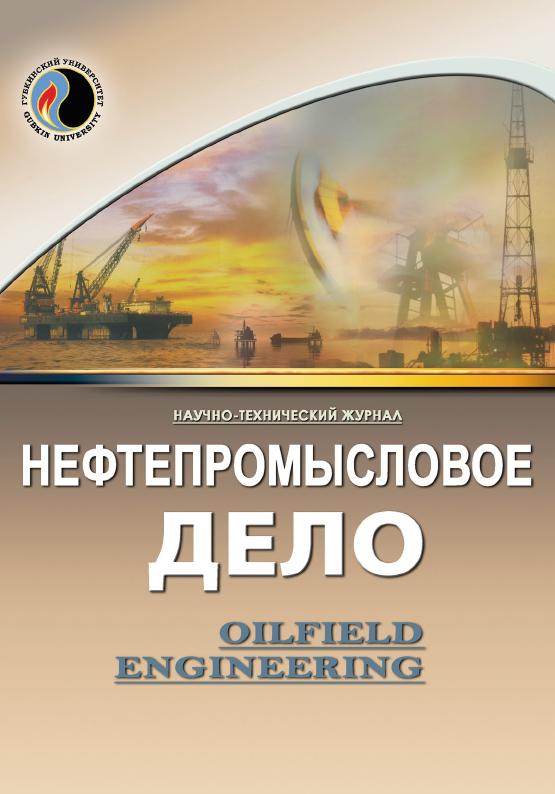Some problems of increasing oil recovery of formations using Alkan "smart" chemical composition
UDC: 622.276.64
DOI: 10.33285/0207-2351-2023-9(657)-48-51
Authors:
GASANOV AYDIN I. 1
1,
KERIM KERIM S. 2
2,
GASANOV VUGAR A. 1
1,
KERIMOVA RASHIDA K. 2
2
1 Scientific and Technological Society "ALKAN", Baku, Azerbaijan
2 Azerbaijan State Oil and Industry University, Baku, Azerbaijan
Keywords: field, formation, development, oil recovery, production rate, reagent, surfactants
Annotation:
The article studies the factors causing the oil recovery reduction of oil fields in the final stage of development. Here, in a logical order, the compositional characteristics of surfactants used to increase the productivity of low-productive wells formations in Azerbaijan and foreign countries as well as the reasons for the inefficiency of their use are explained. The advantages of the proposed "smart" composition over the known reagents for increasing production in wells operating with low flow rates are explained, in addition, the results of its implementation in the oil wells of the Bibigeybet fields of the Azneft Production Association are presented.
Bibliography:
1. Seyidrza K., Alisafa A., Ramik Sh. Innovative management methods of the oil and gas industry of Azerbaijan with the of information technology // Journal of Social Research & Behavioral Sciences Referred & Reviewed Journal. – 2022. – Vol. 21, Issue 04. – Р. 04–10.
2. Karimov K.S., Shakhveranova E.Kh., Alizadeh Sh.R. Integrated assessment of the effective use of innovation potential in industry // Construction economics and management scientific and practical J. – 2022. – № 2. – Р. 388–398.
3. Sentemov A.A. Povyshenie nefteotdachi pri PAV-polimernom zavodnenii // Alleya nauki. – 2018. – T. 3, № 9(25). – S. 347–351.
4. Mirzadzhanzade A.Kh., Khasanov M.M., Bakhtizin R.N. Modelirovanie protsessov neftegazodobychi. Nelineynost’, neravnomernost’, neopredelennost’. – M.–Izhevsk, 2004. – S. 123–125.

